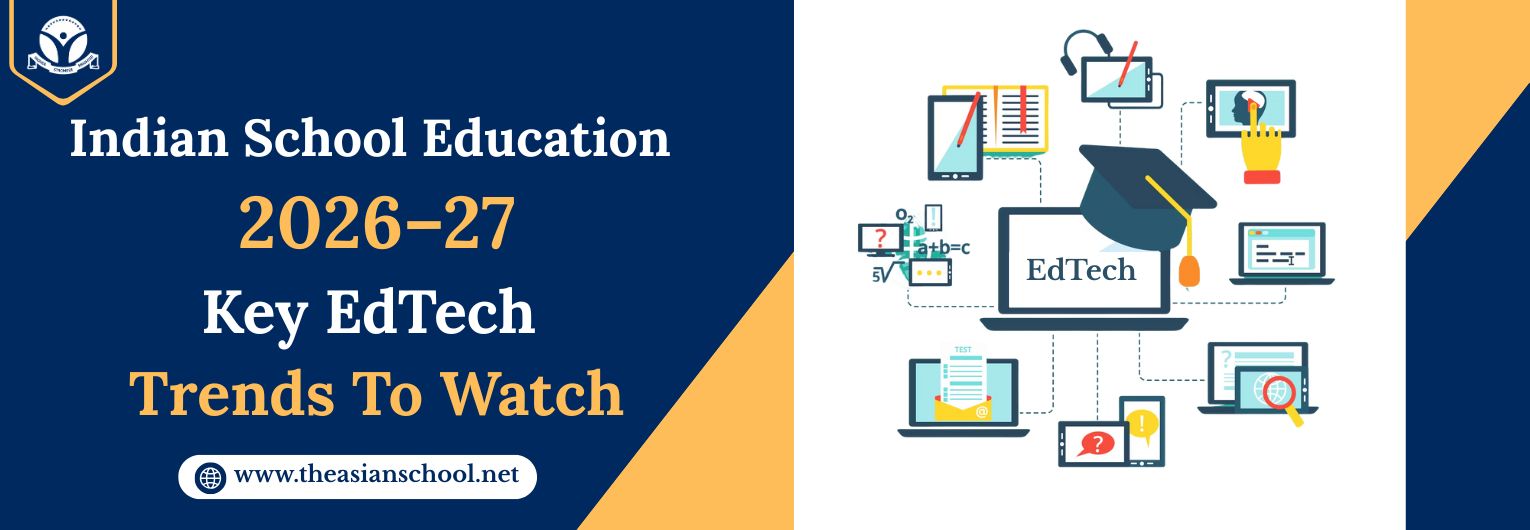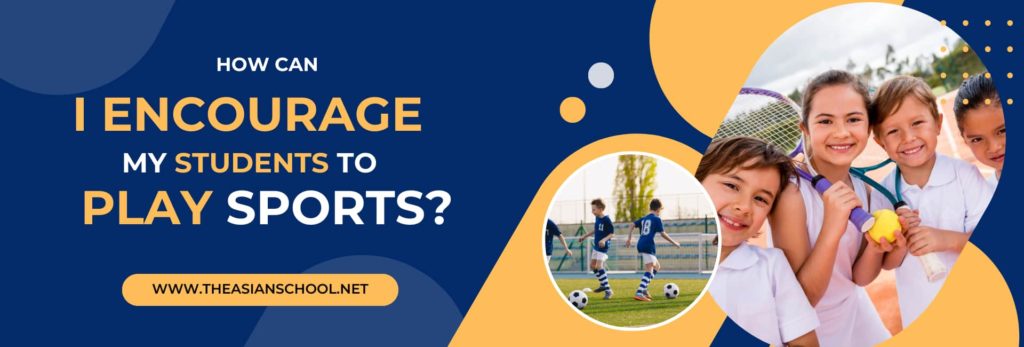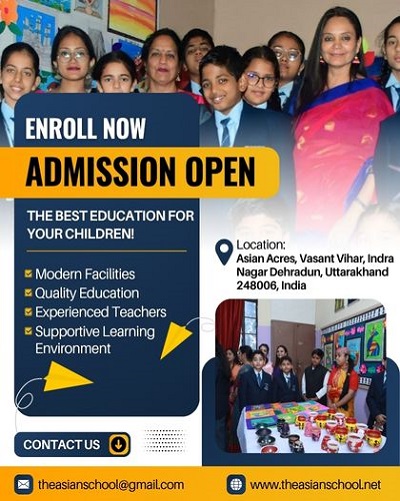The field of Indian school education is at an exciting turning point. The academic years 2026–2027 are expected to be a watershed, driven by the groundbreaking National Education Policy (NEP) 2020, a national movement for digital literacy, and the rapid rise of EdTech trends such as AI-powered learning platforms, AR/VR-enabled classrooms, adaptive assessments, virtual labs, and gamified learning. Education is now more accessible, engaging, and personalized than ever, with technology evolving from a simple tool to a powerful catalyst that is transforming how students learn and how teachers teach.
Understanding these new EdTech trends is crucial for parents, teachers, and students, particularly those considering prestigious institutions like Dehradun’s CBSE schools or a high-end boarding school. These patterns will determine your child’s learning style, the skills they acquire, and their level of readiness for the labor market in the future.
- Indian School Education EdTech Trends
- Trend 1 – AI-Powered Personalization (The End of ‘One-Size-Fits-All’)
- Trend 2 – The ‘Phygital’ Classroom (Hybrid Learning 2.0) – EdTech Trends
- Trend 3 – Immersive Learning (VR and AR)
- Trend 4 – Microlearning and Gamification – EdTech Trends
- Trend 5 – Cybersecurity and Data Privacy in Education
- EdTech in Practice – The Dehradun Advantage
- The Education Technology Future – A Partnership – EdTech Trends
Indian School Education EdTech Trends

Trend 1 – AI-Powered Personalization (The End of ‘One-Size-Fits-All’)

The emergence of machine learning (ML) and artificial intelligence (AI) is the biggest change in the technology of education. AI is evolving from a specialized field to a fundamental component of education delivery and consumption.
The Fundamental Shift – Flexible Learning Routes
AI platforms will revolutionize personalized learning in 2026–2027.
1. Real-Time Assessment – AI programs will evaluate a student’s performance in real-time on tests, assignments, and class discussions. When a student is having trouble understanding a concept (like fractions or magnetism), they can quickly identify it.
2. Targeted Content – The AI system will automatically offer individualized exercises, video tutorials, or easier prerequisite lessons to the student who needs them, rather than assigning the same homework to the entire class. We refer to this as adaptive learning.
3. Proactive Intervention – Before a big test, teachers in schools in Dehradun will use dashboards created by artificial intelligence to determine who is falling behind. With the use of this data, educators can ensure that no student is left behind by providing targeted support.
Major Announcement for 2026-27
The government’s plan to incorporate AI and Computational Thinking (CT) into the curriculum starting in Class 3 and continuing through the 2026–2027 academic year is a significant development that will have a direct impact on Indian school education. This significant step demonstrates that AI literacy is regarded as more than just a technical subject; it is a fundamental life skill.
Trend 2 – The ‘Phygital’ Classroom (Hybrid Learning 2.0) – EdTech Trends
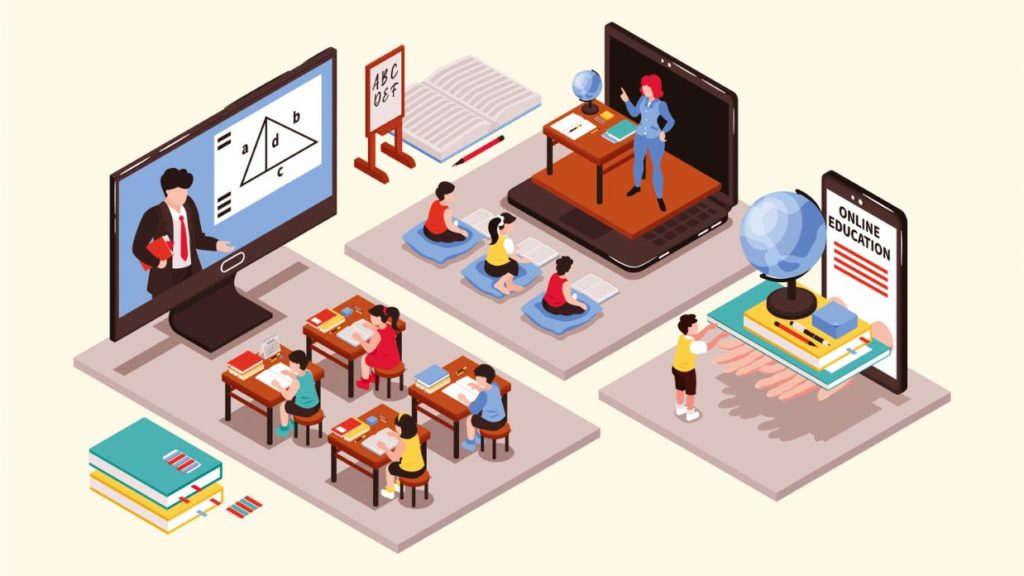
Online learning quickly became the norm due to the pandemic, but the future is not entirely digital. Hybrid learning, also known as “Phygital,” is a new paradigm that skillfully combines the advantages of digital tools with the best aspects of the traditional classroom.
What Phygital Looks Like –
1. Smart Classrooms and Interactive Boards – All of the top boarding schools in India, including the forward-thinking CBSE schools in Dehradun, are modernizing their facilities. Classrooms are furnished with interactive smart boards, where teachers can utilize multimedia, perform on-the-spot polls, and save lessons immediately for students to access later.
2. Teacher Empowerment – According to this paradigm, technology should complement teachers rather than take their place. Technology takes care of automated tasks like attendance, basic grading, and scheduling, allowing teachers to concentrate on the human aspects of education, critical thinking, discussion, and mentoring.
3. Learning Flexibility – Students can participate in in-person practical sessions and use online resources to review lectures, complete remedial work at their own pace, or work on group projects with students from different cities or nations. Education becomes more adaptable and resilient as a result.
Trend 3 – Immersive Learning (VR and AR)

The days of just reading about things in a textbook are coming to an end. Virtual reality (VR) and augmented reality (AR) are two examples of Extended Reality (XR), which is transforming Education Technology Trends into a fully immersive, hands-on experience.
Learning by Doing, Virtually –
1. Virtual science labs – Without wasting chemicals or running the risk of mishaps, students can conduct costly or hazardous chemistry experiments in a secure virtual reality lab, repeating them until they understand the process.
2. Historical Time Travel – Picture boarding school in Dehradun students using a virtual reality headset to explore the streets of Mohenjo-daro in addition to reading about the Indus Valley Civilization. This turns reading passively into experiential, active learning.
3. 3D Models – Using augmented reality (AR), students can virtually disassemble and reassemble large, interactive 3D holograms that depict complex biological or engineering concepts, such as the human heart. This significantly enhances understanding and memory.
Immersion technologies are one of the most exciting EdTech trends to watch in the upcoming years because of the rapid growth in investment in these technologies.
Trend 4 – Microlearning and Gamification – EdTech Trends
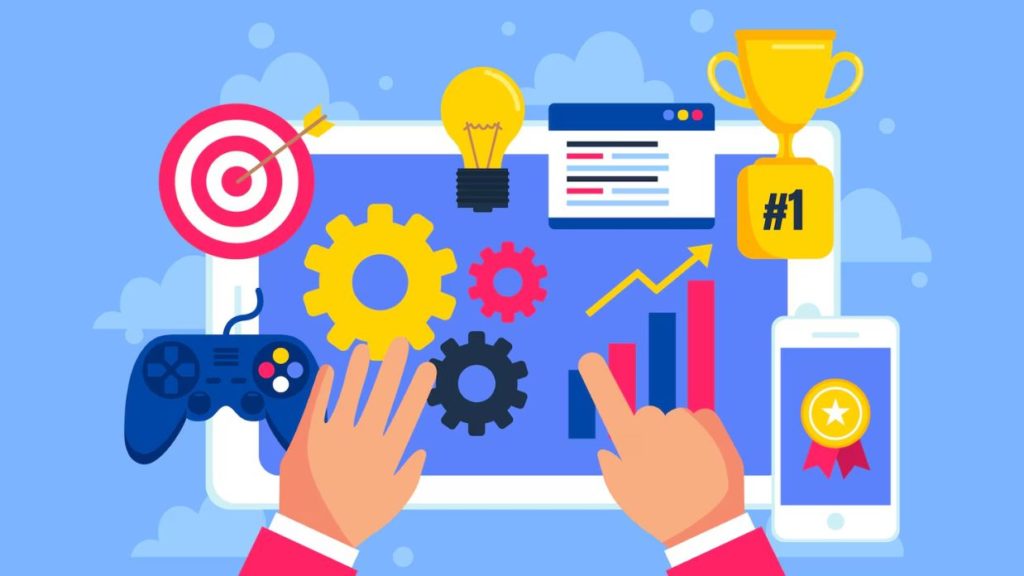
Despite having shorter attention spans, today’s students, often referred to as “digital natives”, love interesting, bite-sized content.
Learning in Small Doses –
1. Microlearning – Microlearning is the process of decomposing difficult course material into extremely brief, targeted units, which are frequently presented as interactive modules or videos lasting five to ten minutes. Whether a student is a day scholar at a Dehradun school or a hostel resident at a boarding school in India, this method works better with their hectic schedule.
2. Gamification 2.0 – There is more to gamification 2.0 than just badges and points. It entails developing captivating narratives and immersive educational games with adjustable difficulty that transform lessons into difficult tasks. Student motivation and retention are greatly increased when academic objectives are connected to game mechanics.
AI and gamification are combining to create new Education Technology Trends that make learning more enjoyable and self-directed by nature.
Trend 5 – Cybersecurity and Data Privacy in Education
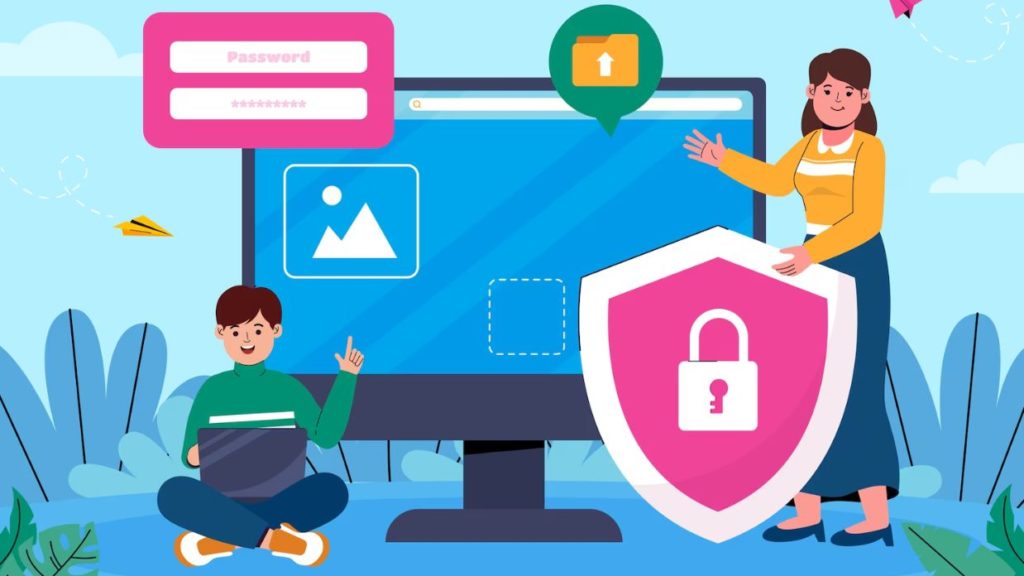
Protecting student data is crucial as more and more of the Indian school education is moved online. Cybersecurity will become an essential feature by 2026–2027.
1. Data protection – Schools need to make sure that their students’ sensitive information, performance histories, and personal data are safely encrypted and shielded from hackers.
2. Digital Citizenship – Instructors and students will receive more instruction in digital etiquette, password security, and responsible use of online resources in schools. This guarantees that everyone can continue to learn in a safe and morally sound digital environment.
EdTech in Practice – The Dehradun Advantage
Indian boarding schools, particularly those located in major educational centers like Dehradun, are in a unique position to take the lead in implementing these EdTech trends.
1. Heritage & Innovation – Dehradun blends a long history of academic distinction with a strong desire for contemporary innovation. Numerous Dehradun schools, including the best CBSE schools in the city, are already renowned for their first-rate facilities. By implementing AI, VR, and hybrid learning, they are able to uphold their reputation while providing a genuinely 21st-century education.
2. Focused Learning in Boarding Schools – Technology can improve the residential experience at a boarding school in Dehradun. Students can study on their own outside of class hours thanks to Learning Management Systems (LMS), which give them access to resources around the clock. Additionally, AI can help faculty members spend more time mentoring students by streamlining administrative tasks.
3. Global Collaboration – EdTech gives students in a boarding school in India a crucial global perspective without requiring them to leave campus by enabling them to take part in virtual exchange programs, work on projects with classmates abroad, and attend lectures from international experts.
The Education Technology Future – A Partnership – EdTech Trends
The education technology future is about a strong partnership, not about computers taking the place of teachers. While the teacher continues to be the most important mentor, advisor, and motivator, technology offers the means for individualized insight, scale, and immersion.
The NEP 2020 objective of reorienting the emphasis from rote memorization to holistic development, critical thinking, and skill-building is what all of the EdTech trends shown in the Indian School Education forecast for 2026–2027 are meant to achieve. Adopting these changes is the way for any school—whether it’s The Asian School, one of the most reputable boarding schools in Dehradun, or a traditional day school—to ensure its students are genuinely prepared for the global economy of the future.
Also Read: The Importance of Inclusive Education in India’s Leading Boarding Schools

